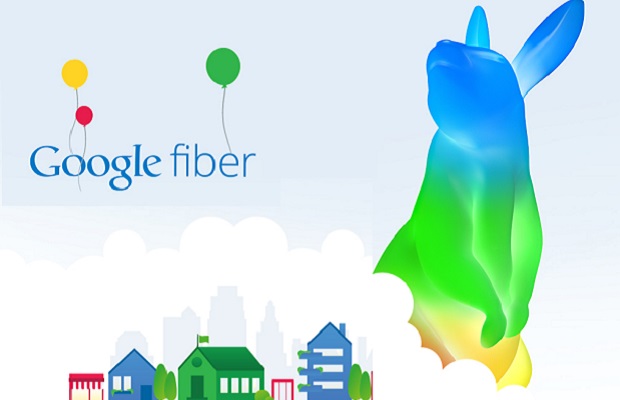In a move that could change commercial breaks forever, Google is testing a TV ad tracking program, using its high speed internet and TV service ‘Google Fiber’.
Rolling out to subscribers in Kansas City, US, the move could make the sale of TV ads much more like ads on the web, arguably more relevant to consumers, but those consumers will also be sacrificing a certain amount of privacy.
Adverts that appear during the ‘local advertiser’ part of commercial breaks, specifically targeted to the viewer’s watching history — in a way, similar to the recommended videos on YouTube, but for ads.
Like Google’s online ads, companies will only have to pay for advertisements that are actually watched.
The new ad program will also directly measure how many people see a given TV ad, bringing the TV industry much closer to the way that ads are now sold on the web.
“If you’re a local business in Kansas City, just as with digital ads, you’ll only pay for ads thathave been shown, and can limit the number of times an ad is shown to a given TV,” Google says in a blog post that went up this afternoon.
Even with modern viewership measuring programs from research companies like Nielsen, there has never been a perfect way for a brand to know how many people saw their ad.
Analysis- 20 years of ad tech innovation landing on the TV screen
Commenting on the implications of Google’s TV ad test Danny Meadows-Klue, president of the Digital Training Academy, said: “There have been a lot of false starts for TV ad technology. While web advertising targeting raced from day parting to simple retargeting to behavioural and then programmatic, TV ad delivery barely got off the starting blocks. Audience wastage remained high, and the 30 second format only flexed a little. The fractured market, legacy technology and entrenched pricing models all act as barriers to changing in favour of a more efficient market. Although a few countries have seen small steps, TV ad targeting is pretty much where the web was in the 1990s.”
“Google is one of the few players that can change this. The combination of their ad serving platforms, programmatic capabilities, single user ID, and investment potential means Google could permanently change the rules of the game in the TV sector. And the speed could be phenomenal – once the partnership model with broadcasters is agreed, twenty years of ad tech innovation on the web could be landing on the TV screen.
“Whether the broadcasters will want this is a different question. They won’t. TVCs enjoy premium pricing (at least for the attention they actually get), simple buying, a lack of scrutiny in their reporting, and bulk agency deals at the start of the year,” Meadows-Klue added. “Adding Google to the mix will shake all of this up, creating a frictionless market where price tightly correlates to audience value and effectiveness. Bring it on!”

